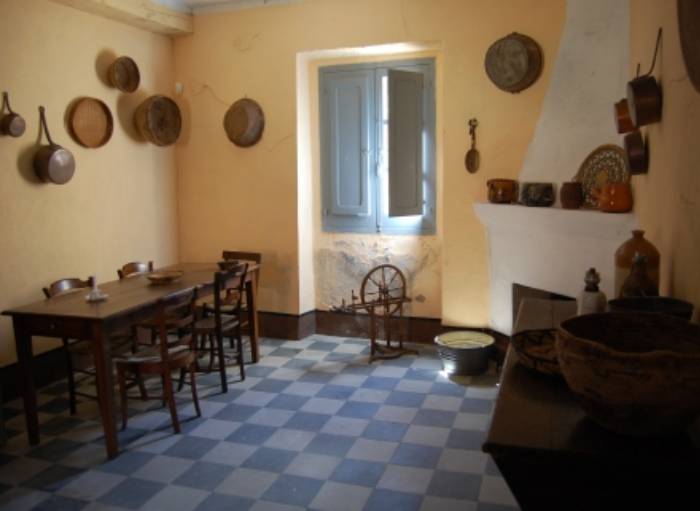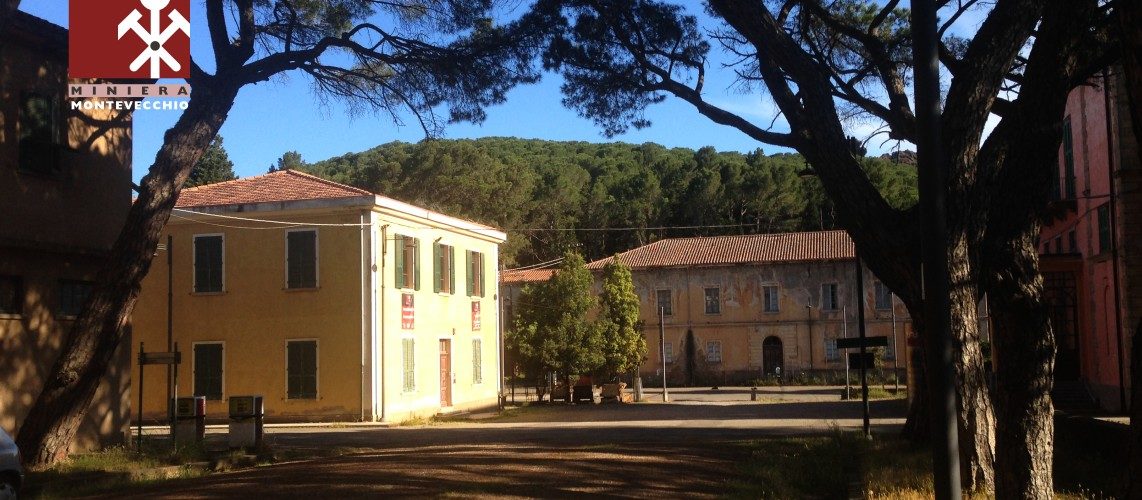 Gli edifici risalgono alla seconda metà dell’800 e hanno avuto nel tempo diverse destinazioni d’uso. In due depositi veniva stoccato il minerale di prima qualità in attesa del momento migliore per la vendita.
Gli edifici risalgono alla seconda metà dell’800 e hanno avuto nel tempo diverse destinazioni d’uso. In due depositi veniva stoccato il minerale di prima qualità in attesa del momento migliore per la vendita.
Nel piazzale Rio l’edificio sulla destra era noto come magazzino della blenda (oggi ospita un allestimento sulla filiera estrattiva).
Sopra la scuderia si trovavano il laboratorio del sellaio e l’alloggio dello stalliere. Con l’avvento dei locomotori a nafta, la scuderia divenne un magazzino per attrezzature di Sonda e gli alloggi al primo piano riconvertiti a case per gli operai (oggi riallestite per le visite turistiche). L’edificio a sinistra delle stalle, era inizialmente utilizzato come deposito di foraggio e mangime per i muli e cavalli accuditi al piano terra dell’edificio prospicente, venne poi adibito a magazzino di reagenti per la flottazione (es. solfato di rame). Infine è stato utilizzato come deposito di macchinari e attrezzature poco utilizzate o dismesse.
Mineral deposit, barns and workers’ quarters
These buildings were set up in the second half of the nineteenth century and, over time, were destined for various uses.
In two deposits first quality ore was stored, while waiting for the best time to sell it.
In the Rio square the building on the right was known as the sphalerite warehouse (today it houses an exhibition on the mining industry).
The laboratory of the saddler and the accommodation of the groom were located in the first floor, above the barns.After the advent of the diesel locomotives the barns became a warehouse and the the first floor was transformed into flats for the miners.
The building on the left of the barns was initially used as a storage of forage and feed for the mules and the horses.
It was then transformed into a storage of reagents for FLOTTAZIONE (eg. copper sulphate).
Finally, it has also been used to store underused or abandoned machineries and equipments.

